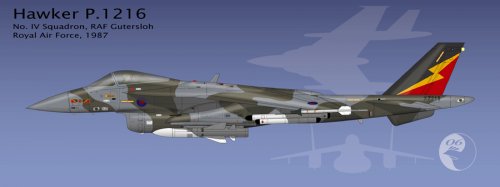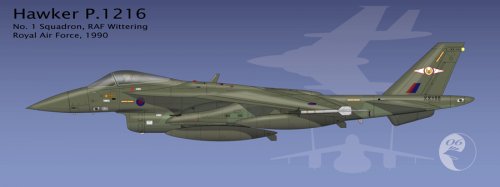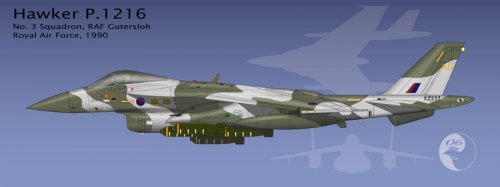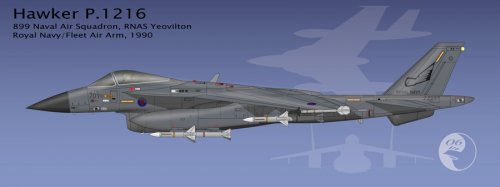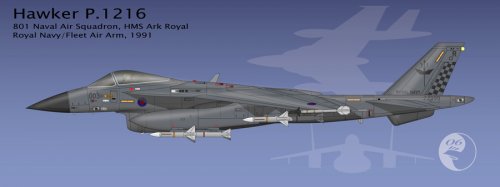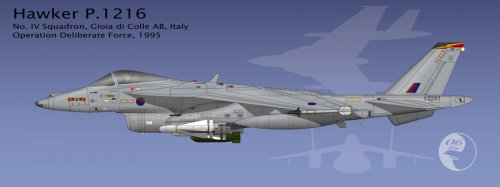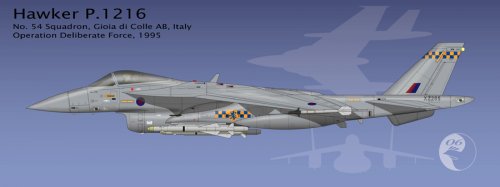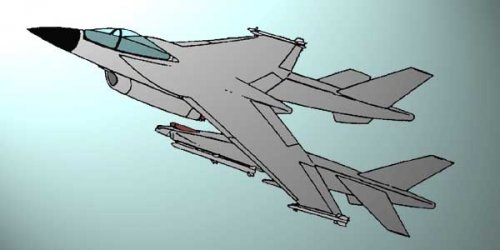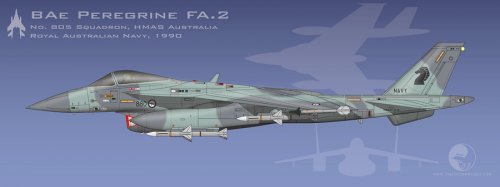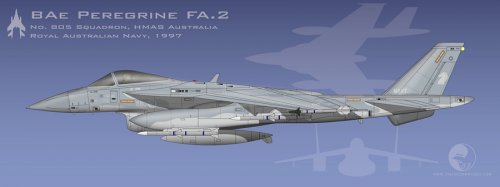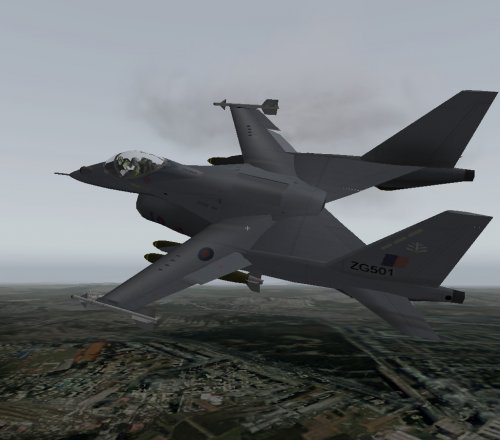- Joined
- 27 December 2005
- Messages
- 16,924
- Reaction score
- 21,795
From Whatifmodelers forum
One of the RAF's most storied combat units, No. 1 Squadron has a history that goes back to 1912 and adds to its historical feats the first operational combat unit to fly a VSTOL fighter with the introduction of the Harrier GR.1 in 1969. After then operating the upgraded GR.3, in 1988 No. 1 Sqn transitioned the Harrier GR.5, essentially a British variant of the AV-8B Harrier II used by the US Marine Corps. Supposing the P.1216 enters service at this time, No. 1 Squadron would have been an obvious operator and would have transitioned to the P.1216 from the Harrier GR.3 and this illustration reflects that time.
I've taken a few artistic licenses here and there that result in this illustration deviating in the details from what the P.1216 might have actually looked like, but the essential elements are there. This version wears the dark sea gray/dark green wraparound camoflauge used by Harrier units of the day as well as the distinctive No.1 Sqn badge on the tail. AIM-9 Sidewinders are on the wingtip stations for self-defense, an external tank hangs below each wing boom and a total of six BL.755 cluster bombs are on the weapon pylons. Note also the Mauser 27mm cannon in the front of the wing booms.



